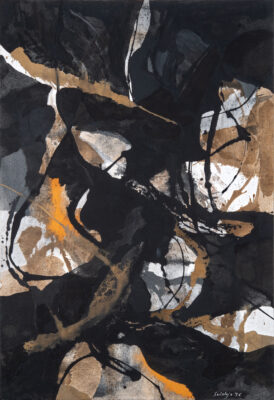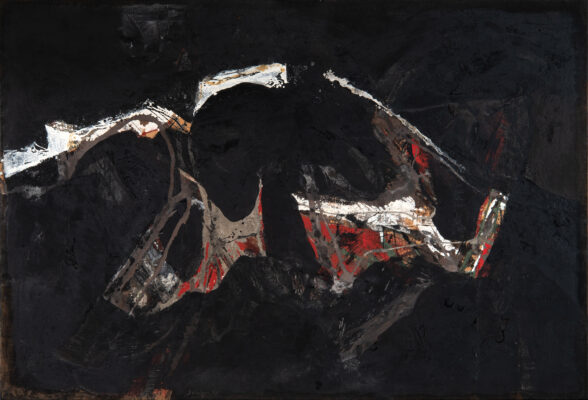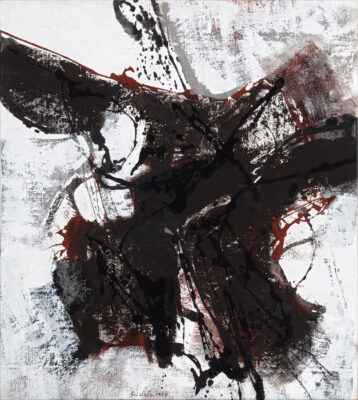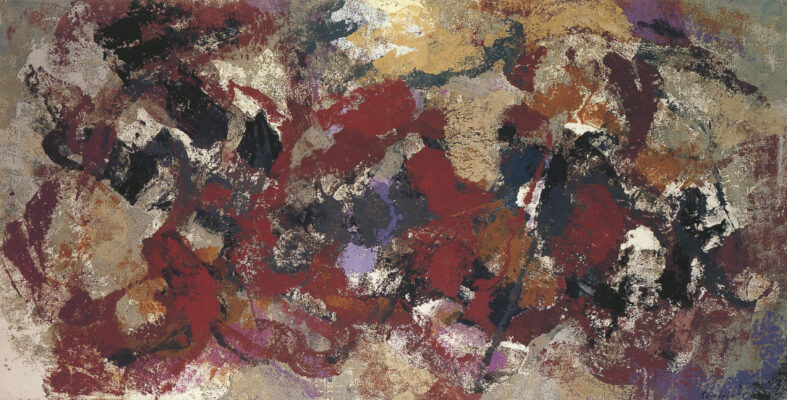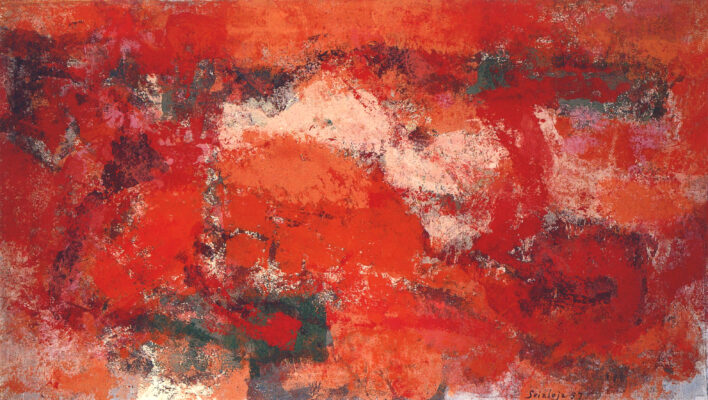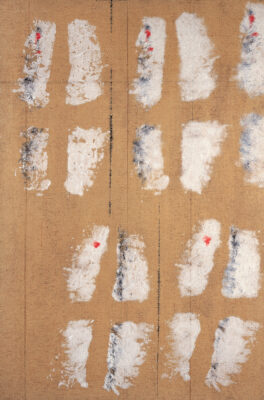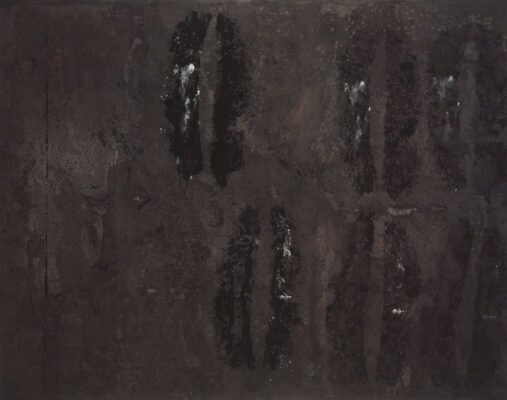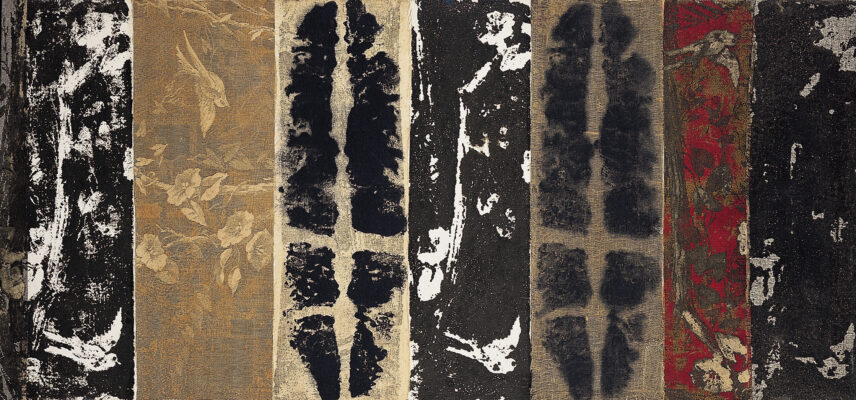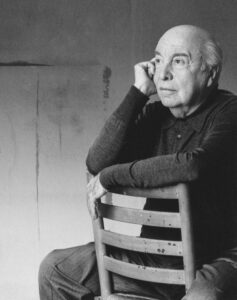a cura di Fabrizio D'Amico
05.12.1999 — 13.02.2000
Toti Scialoja, works 1955-1963
a cura di Fabrizio D'Amico
05.12.1999 - 13.02.2000Show introduction
There have been many initiatives in the past aimed at documenting the work of Toti Scialoja, from the beginnings under the banner of an expressionism characterized by a lyrical declination to the broad gestural drafts of the 1980s and 1990s. If the important exhibition set up at Galleria Nazionale d’Arte Moderna, Rome in 1991 considered the entire path of his research, on other occasions the attention was paid to the most recent production, omitting the analysis of significant previous periods.
An exhibition with an unusual and particular feature was therefore considered of great interest. The show was centered on the painting by Toti Scialoja between 1955 and 1963, in the years when, involved in abstract-concrete experiences and in tune with the results of overseas art, he shattered the image and freed it from naturalistic contents, to recompose the contents in a whirling dynamism of signs or according to the rhythmic scanning of a constant module. The exhibition was held in Verona at Galleria dello Scudo from December 5, 1999 to February 13, 2000, under the patronage of the Municipality Department of Culture, City of Verona, and Fondazione Toti Scialoja, Rome, as part of a project dedicated to Italian abstract art after World War II, started with the exhibitions dedicated to Afro and Renato Birolli in 1989 and 1990.
With a selection of thirty paintings from Fondazione Toti Scialoja, the strictly scientific exhibition highlights how, after the neo-Cubist season that characterized the 1940s, in the following decade the artist achieved a freedom of expression close to the language of the great Americans Kline and de Kooning. The exhibition path was introduced by some works from 1955, such as La Caccia n. 1 or Il sonno di un’ora, tuned according to a skillful register of dark earths and leaden grays: flashes of light turn on and immediately die under the crossed blows of a forcefully vibrated stroke that cancels the last fleeting narrative link. In Ostaggio and Sovrapposto, of the following year, the gesture invades the pictorial field without explicitly assuming any fixed meaning. The use of anti-canonic pigments and raw hemp as a support confirms the definitive liberation from the preciousness implicit in oil and tempera painting.
Among the works created after his stay in New York in 1956 and present in the exhibition, boasting very high quality and powerful tones, were Persecuzione (1957), a large canvas in which the technique of dripping was experimented with color drops to emphasize the action and structuring of the sign, Il sette di Settembre, made in Procida in the late summer of the same year, and Bilancia (1958), in which the material thickens until it saturates the surface in packed layers.
Due Orizzonti, Blue Moon and Ripetizione ex ira were the paintings from 1959 that documented the new season of “footprints”, in which the artist’s intervention, entrusted to some sort of fatality, seemed to be cancelled out, iterated images later becoming enigmatic and looming presences in some great works conceived in New York in 1960, including Manhattan and Greenwich bianco 3 and others made in Paris the following year, such as Rue de la tombe Issoire and Per M.P., the latter in memory of Maurice Merleau-Ponty, the philosopher whose lessons Scialoja followed at the Sorbonne. The exhibition was closed by La chasse (1963), an assemblage of painting and elements foreign to it. Now the “footprints”, in their subsequent, extreme version, alternate with gauze and lace according to a compositional rhythm always centered on criteria of wise formal balance.
The exhibition was curated by Fabrizio D’Amico, author of an essay opening the catalog published by Skira. In his text D’Amico traces the various phases of Scialoja’s pictorial research from the beginning to the early 1960s. It is followed by a contribution by Barbara Drudi on the commitment of the artist as a set designer and on his relations with internationally renowned musicians and choreographers. The volume is completed by a section ordered by Laura Lorenzoni collecting mostly unpublished letters with artists, critics and personalities from the world of culture, and a reasoned chronology by Giuseppe Appella, drawn up on the basis of a vast documentary material.
